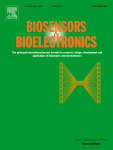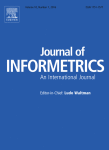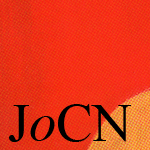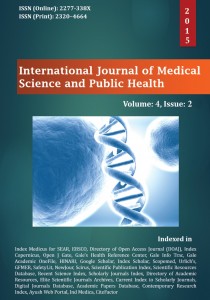
A medical journal has banned eight authors after discovering that they had published plagiarized work.
We don’t see official author bans as often as we see plagiarism (occasionally, and all the time, respectively). That’s why we’re flagging this case, which is a little old — the International Journal of Medical Science and Public Health announced the ban in March 2015, after it retracted three of the authors’ papers for plagiarism.
All three papers — about recovering from orthopedic problems — have a first author in common: Rajesh Valjibhai Chawda, who was affiliated with the CU Shah Medical College and Hospital in India at the time of the research. (We couldn’t find a webpage for him.)
After an author on one of the original articles alerted the journal of one instance of plagiarism, the journal launched an in-house inquiry, the retraction note explains:
Continue reading Journal bans 8 authors for plagiarism
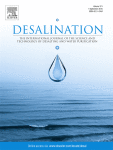
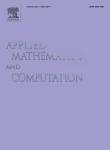 A paper on a hybrid algorithm turned out to be a hybrid itself — some original data, plus some from a paper that the authors had published earlier.
A paper on a hybrid algorithm turned out to be a hybrid itself — some original data, plus some from a paper that the authors had published earlier.